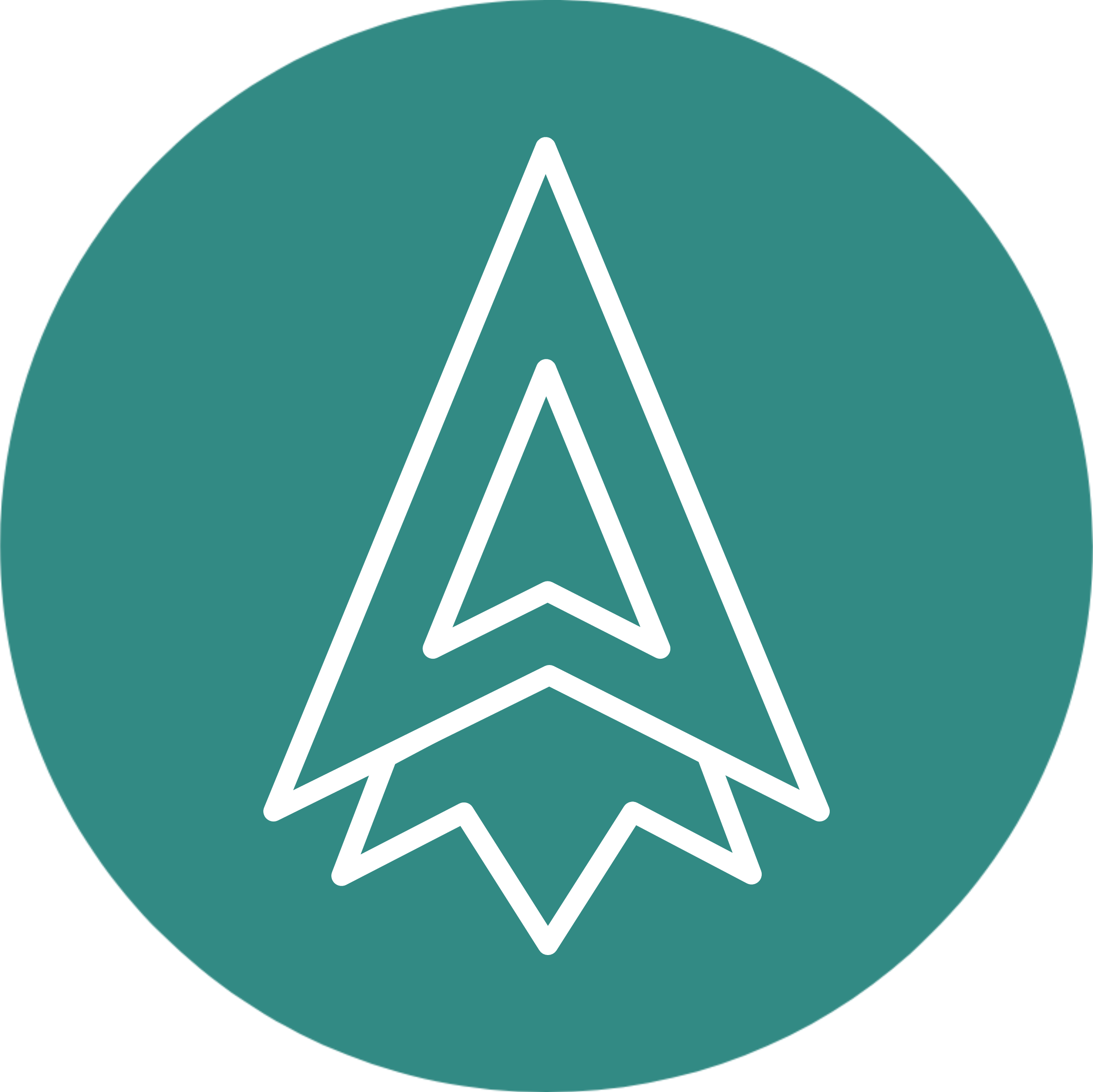Programming is similar to giving instructions to a computer in a language it understands. Programmers, like us, communicate with computers using unique codes and instructions. Python programming is a versatile and beginner-friendly language known for its simplicity and readability. Its clear and concise syntax resembles natural language, making it easy to learn and understand, even for those new to coding. Python’s vast standard library and extensive ecosystem of third-party packages enable developers to tackle a wide range of tasks, from web development and data analysis to machine learning and artificial intelligence projects. With its cross-platform compatibility and strong community support, Python has become a go-to language for many programmers. Its popularity and versatility continue to grow, making Python an excellent choice for both beginners and experienced developers alike.

Introduction to Python
What is Python?
Guido van Rossum created and released Python programming, a high-level, interpreted, and general-purpose programming language, in 1991. It is well-known for its simplicity, readability, and versatility, making it a popular choice among programmers of all levels of experience. Python’s design philosophy prioritizes code readability, which is accomplished through a clear and concise syntax that makes it easier to write and understand code.
Key features of Python:
High-level Language:
Python programming abstracts complex low-level details, resulting in a simpler and more human-readable syntax.
Interpreted:
Python code is interpreted when it is executed line by line by the Python interpreter without the need for compilation. This enables faster development and easier prototyping.
General-purpose:
Python prograamming is a general-purpose programming language that can be used to create a wide range of applications, including web development, scientific computing, data analysis, artificial intelligence, automation, and more.
Easy to Learn:
Python’s syntax is simple and easy to understand, making it an ideal language for beginners to begin learning programming.
Dynamic Typing:
Python programming employs dynamic typing, which means that variable types are determined automatically based on the value assigned to them.
Multi-Paradigm:
Python supports a wide range of programming paradigms, including procedural, object-oriented, and functional programming styles.
Rich Standard Library:
Python programming comes with a large standard library that includes ready-to-use modules and functions for a variety of tasks.
Open Source:
Python is open-source software, which means that it is free for anyone to use, modify, and distribute.
Platform Independent:
Python code is platform-independent, meaning it can run on different operating systems (Windows, macOS, and Linux) without modification.
Python’s popularity has been fueled by its diverse set of applications, active community, and abundance of third-party libraries and frameworks. NumPy (for numerical computing), Pandas (for data analysis), Django (for web development), TensorFlow (for machine learning), and many other libraries are popular.
Python is widely used in a variety of industries due to its versatility and ease of use, including web development, data science, scientific research, artificial intelligence, automation, and system administration. Its popularity and expanding ecosystem keep it among the most sought-after programming languages in the world.

Why Choose Python?
There are several reasons why Python is a popular choice among programmers and why you might want to choose Python as your programming language:
Easy to Learn and Read:
Python’s syntax is simple and straightforward, making it simple for beginners to learn and understand. Its code is more natural language-like, making it readable and maintainable even for beginners.
Versatile and General-Purpose:
Python is a general-purpose programming language, which means it can be used for a wide variety of tasks. Python can help you build websites, analyze data, create games, work on artificial intelligence projects, and automate tasks.
Large and Active Community:
Python has a large and active developer and enthusiast community. This means that there are numerous resources, tutorials, and libraries available to assist you in learning and solving problems more quickly.
Rich Standard Library:
Python includes a large standard library with a variety of modules and functions for various tasks. You don’t have to reinvent the wheel; for many common tasks, you can use the standard library.
Third-Party Libraries and Frameworks:
Python has a large ecosystem of third-party libraries and frameworks in addition to the standard library. These packages extend Python’s capabilities and make it easier to work on complex projects. Django for web development, NumPy for numerical computing, Pandas for data analysis, TensorFlow for machine learning, and others are examples.
Cross-Platform Compatibility:
Python is a platform-independent programming language. It means that code written for one operating system, such as Windows, can run without modification on other systems, such as macOS or Linux.
Productivity and Speed:
Python’s simple and concise syntax allows developers to write code more quickly, reducing development time. It is well-known for its productivity gains, as it requires fewer lines of code to achieve the same functionality as other languages.
Great for Prototyping and Rapid Development:
Python is ideal for rapid application development and prototyping. Its rapid development cycle enables you to quickly transform ideas into working prototypes, which is especially useful in the early stages of a project.
Strong Community Support:
Python’s community is well-known for its friendliness and willingness to assist. If you run into problems or have questions, you can get help from online forums, communities, and Python-related events.
Job Market Demand:
Python’s versatility and popularity have elevated it to the top of the list of programming languages in the job market. Python proficiency can lead to career opportunities in a variety of industries, including software development, data science, web development, and others.
Setting Up Python Environment
Setting up a Python environment is one of the first steps to start coding in Python. Here’s a step-by-step guide on how to set up a Python environment on your computer:


Outstanding quest there. What happened after?
Thanks! https://yv6Bg.mssg.me/
https://t.me/s/Top_BestCasino/135
Alright, so I stumbled upon pkgame7 last week and gave it a whirl. It’s pretty solid if you’re looking for a quick game fix. Nothing groundbreaking, but reliable. Worth a look, I reckon. Give pkgame7 a shot.
If you’re feeling lucky Billionaire777vn might be your jam. It’s got that flashy, wealth-focused look that I dig. Worth a try if you think today’s your day to win big bucks. Check it out here: billionaire777vn